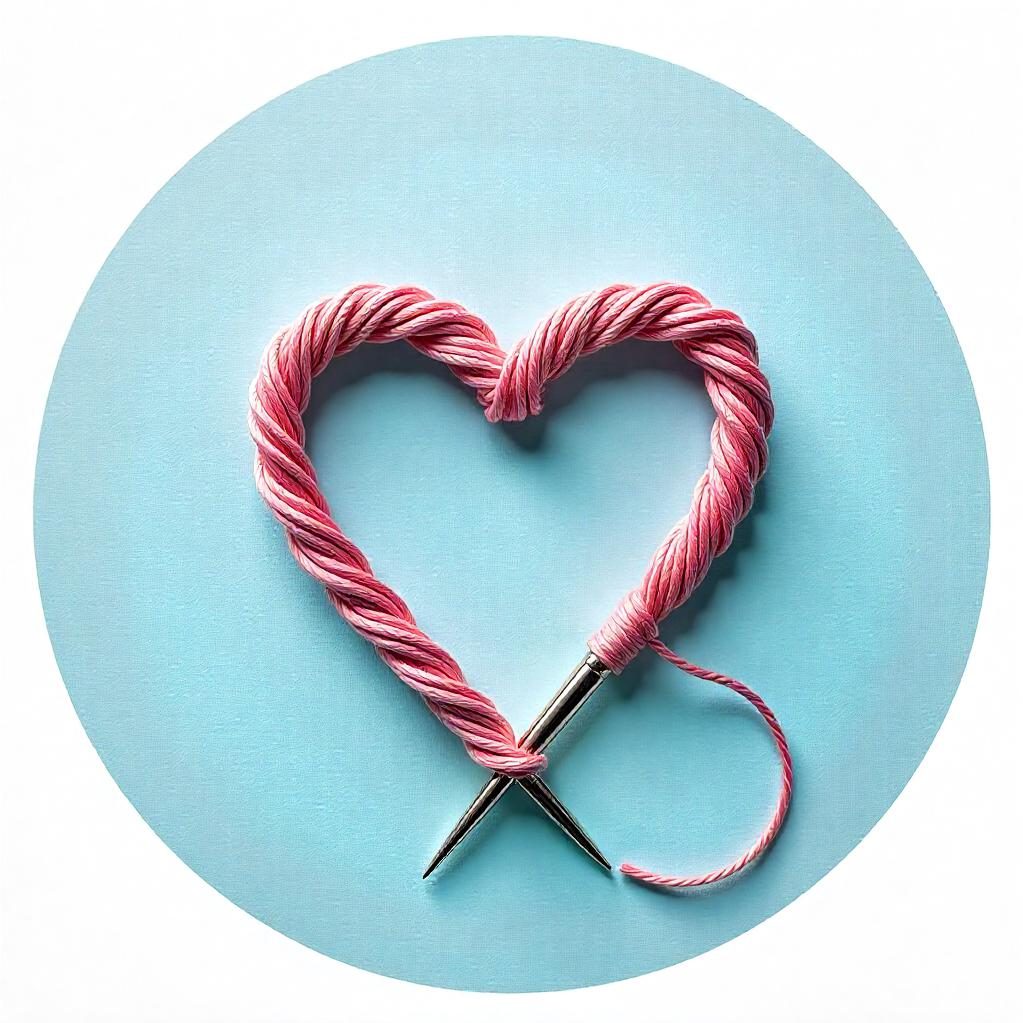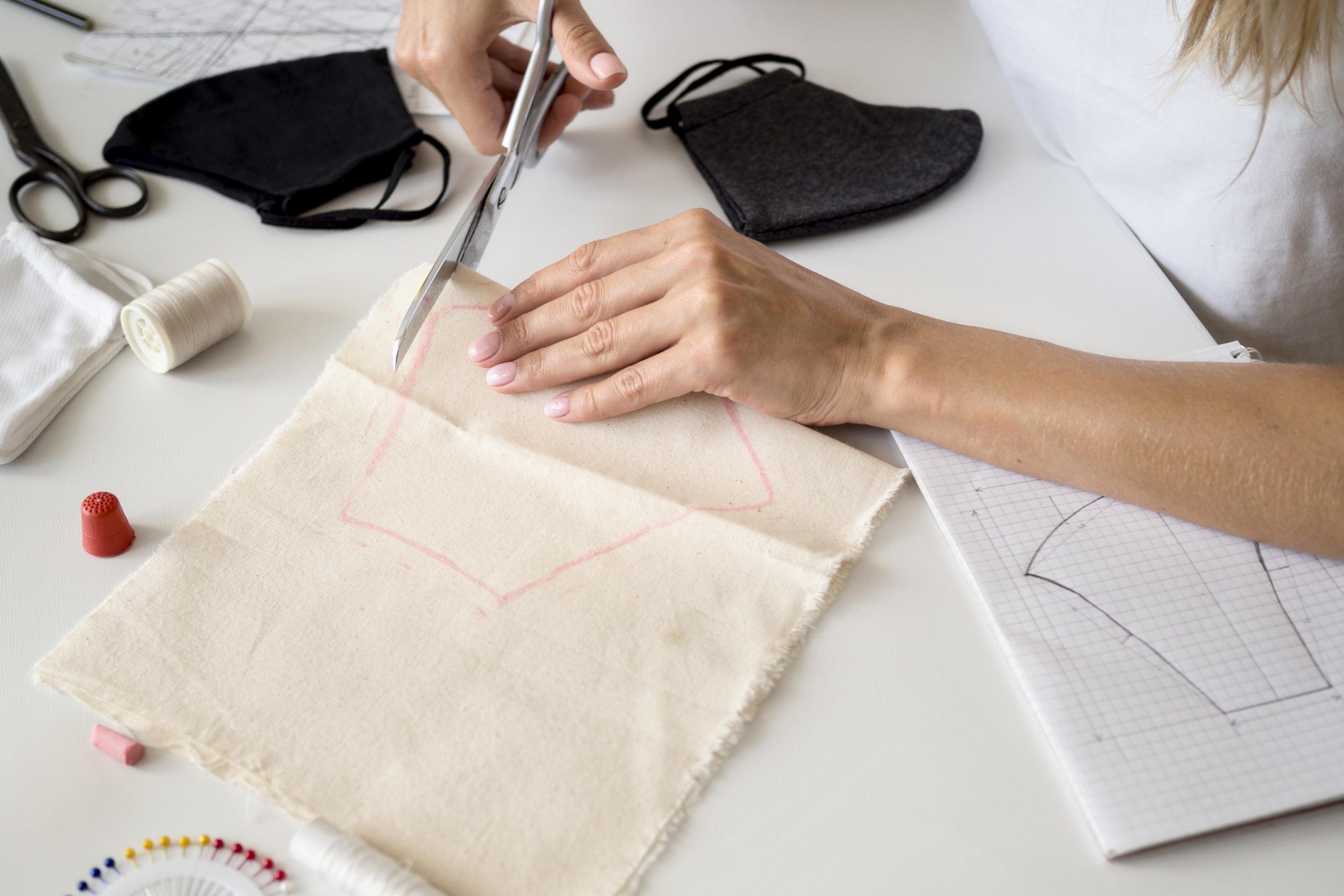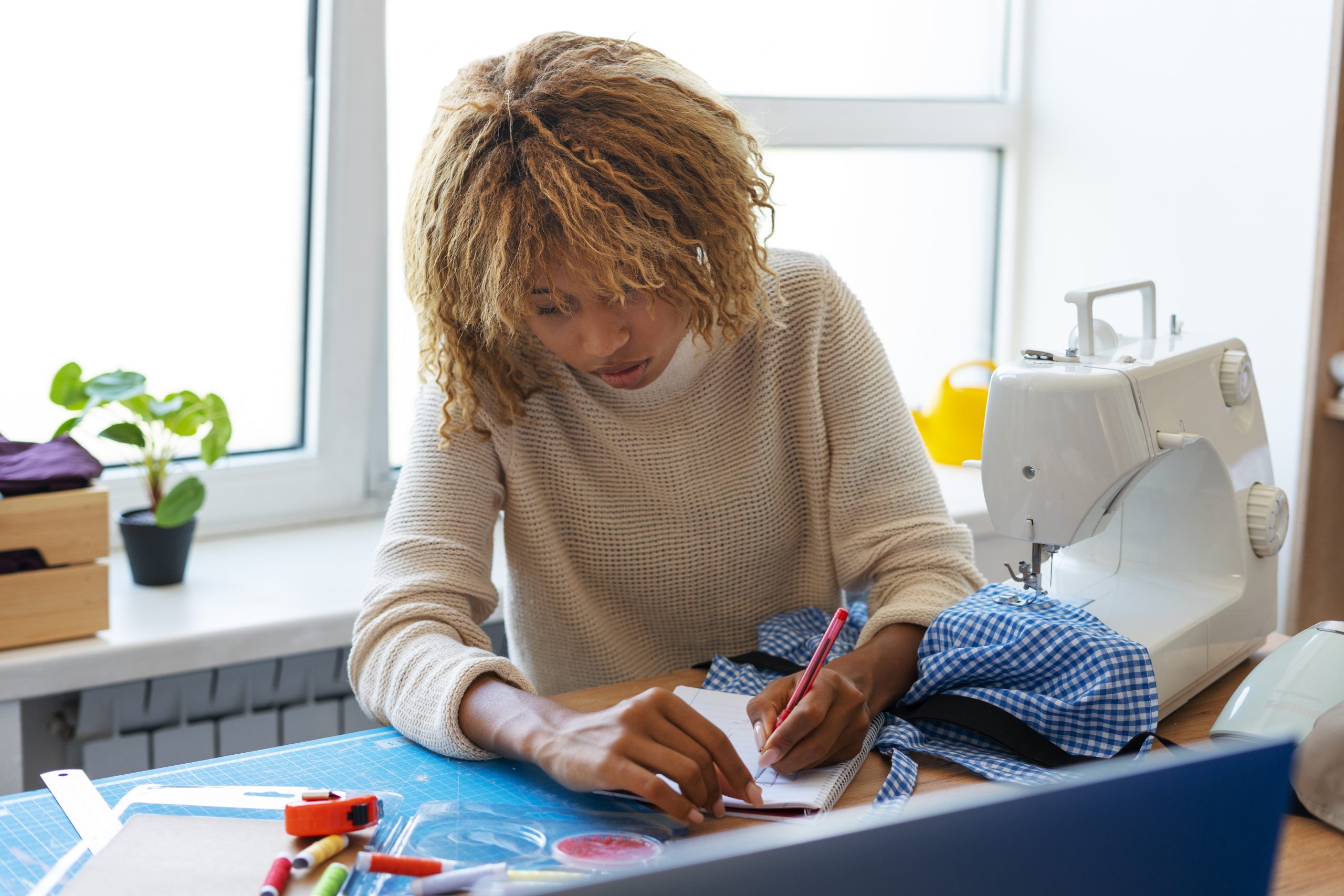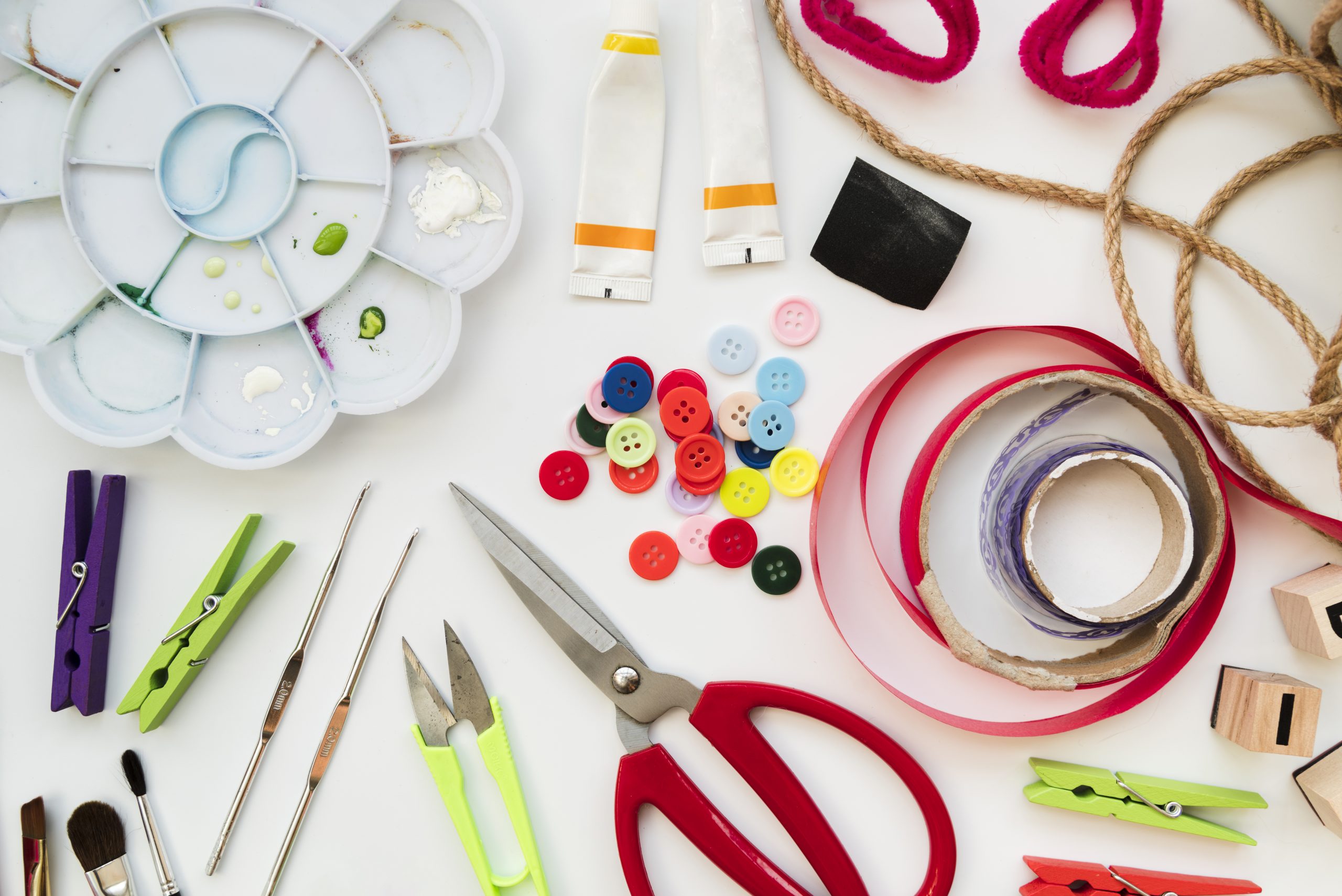If you’re just starting your sewing journey, mastering the basic stitches is an essential first step. Whether you’re repairing clothes, creating custom garments, or diving into fun DIY projects, understanding how to sew basic stitches will give you a solid foundation. In this guide, we’ll cover some of the most common stitches every beginner should know.
1. Straight Stitch
The straight stitch is the most basic and commonly used stitch in sewing. It’s perfect for general sewing, attaching seams, or hemming.
How to Do It:
- Set your machine to a straight stitch setting.
- Place the fabric under the presser foot.
- Sew a straight line along the fabric edge.
Tips:
- Keep your fabric aligned and move slowly to keep the stitch even.
- Use a light pressure on the foot pedal for more control.
2. Zigzag Stitch
A zigzag stitch is great for reinforcing seams and preventing fabric edges from fraying. It’s also ideal for stretch fabrics as it allows some flexibility.
How to Do It:
- Select the zigzag stitch on your sewing machine.
- Adjust the stitch width and length to your preference.
- Sew along the edges of your fabric.
Tips:
- For a tighter zigzag, decrease the stitch width.
- Ideal for finishing seams or adding decorative touches to your projects.
3. Backstitch
A backstitch is used to reinforce the beginning and end of a seam, ensuring it won’t unravel. It’s perfect for areas that are under stress, like armholes or crotches.
How to Do It:
- Sew a few stitches forward, then reverse direction and stitch backward over the same stitches.
- Repeat the process to lock in the stitch.
Tips:
- Backstitch at both the start and end of your seams to prevent unraveling.
4. Basting Stitch
Basting stitches are temporary stitches used to hold fabric pieces together before sewing them permanently. This is a great stitch for marking hems or securing pleats before finishing.
How to Do It:
- Select a long stitch length on your sewing machine.
- Sew along the area where you want to join the fabric.
Tips:
- Leave long threads at both ends to remove the basting stitch easily after the fabric is sewn together.
5. Overcast Stitch
An overcast stitch is often used to finish raw edges, especially when you don’t have a serger. This stitch prevents fraying and gives a clean finish to seams.
How to Do It:
- Set your machine to the overcast stitch setting.
- Sew along the raw edge of the fabric.
Tips:
- Use a zigzag stitch if your machine doesn’t have a dedicated overcast setting.
Final Thoughts
Mastering these basic stitches is the first step in becoming a proficient sewist. Practice each one until you’re comfortable, and soon you’ll be ready to tackle more complex projects. Remember, sewing takes patience and practice, so don’t rush the learning process. Happy sewing!
Suggested Tools for Beginners:
- A good quality sewing machine
- Sharp fabric scissors
- Pins and pin cushion
- Needle and thread



